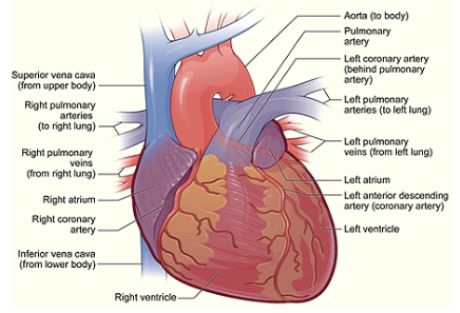New publications
Exhaust fumes clear blocked arteries.
Last reviewed: 01.07.2025

All iLive content is medically reviewed or fact checked to ensure as much factual accuracy as possible.
We have strict sourcing guidelines and only link to reputable media sites, academic research institutions and, whenever possible, medically peer reviewed studies. Note that the numbers in parentheses ([1], [2], etc.) are clickable links to these studies.
If you feel that any of our content is inaccurate, out-of-date, or otherwise questionable, please select it and press Ctrl + Enter.
Can exhaust fumes cure heart disease? In small quantities, they are actually beneficial, as their toxins clear blocked arteries.

British scientists are working on a revolutionary method of treating cardiovascular disease using toxins found in car exhaust fumes. Professor Ian Megson and his colleagues from the University of Highlands and Islands believe that carbon monoxide and nitric oxide widen blood vessels and prevent blood clots.
Scientists are convinced that the introduction of toxic toxins into the blood in microscopic quantities will be beneficial, as it will prevent the arteries from becoming blocked. The walls of the arteries will become more flexible, which will stabilize the blood flow. These factors are vital for the normal functioning of the heart.
Cardiovascular disease treatment using exhaust gases could be used to treat victims of heart attacks and strokes. It was based on a tool for accurately measuring car exhaust levels in garages.
"We are the first in the world to explore this technology," said Professor Megson. "We use a million times less toxins than in normal car exhaust to treat heart disease. We deliver these toxins to specific points where they have a beneficial effect. It is still early research but we see great potential. Lots of heart patients could benefit from this."
For those who find the idea of such treatment daunting, Professor Megson reminds us that carbon monoxide and nitrogen oxide are not only found in car exhaust. They are also present in the human body, but only in small quantities.
Read also: |
